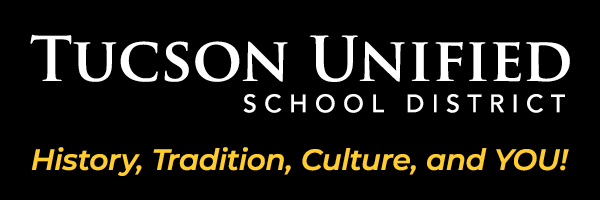Algebra 1 Course
Question 1: How do mathematical equations and functions model real-world situations and allow us to make predictions?
Question 2: In what ways can we analyze and interpret data to inform decision-making in practical contexts?
How much money can we make with commissions? Reasoning with equations, we explore how mathematical expressions can model real-world situations. We learn to dissect expressions, understanding the significance of each part, such as how a salary might include base pay and a commission based on sales. Imagine we work part-time at a local ice cream shop. Every week, we earn a fixed wage of $150 plus a commission of 5% for every sundae sold.
By creating the equation E = 150 + 0.05s where E is our total earnings and s is the number of sundaes sold, we can predict our weekly earnings based on how many customers visit the shop. Throughout the quarter, we explore how to solve equations and inequalities, graph our solutions, and understand the constraints that come with real-life scenarios like budgeting our earnings for a new video game or saving for a concert ticket. Through these relatable stories, we see the practical applications of algebra in our everyday lives.

What did the customer rewards cost? Using the concept of linear and exponential functions, we build upon the foundational skills we developed in Quarter 1. We learn to recognize how functions can describe relationships between quantities, much like how we previously explored equations that modeled real-world situations. For instance, let's revisit the ice cream shop from Quarter 1. We continue to work at the ice cream shop, and this time, we notice that the shop is introducing a rewards program that allows customers to earn $5 off their next purchase for every ten sundaes bought. By analyzing the relationship between the number of sundaes sold and the discount earned, we can model this situation with a linear function, perhaps represented as
D = 5(s/10) where D is the discount and s is the total number of sundaes sold. As we learn to graph linear and exponential functions, we explore how these models help predict future earnings or discounts, enhancing our understanding of rates of change. We also tackle real-world scenarios where exponential growth occurs, such as population increases or the spread of a virus, contrasting it with linear growth we encountered in Quarter 1. By connecting these concepts back to our earlier work, we see the continuity in our mathematical journey, strengthening our ability to apply algebra to solve problems we may face in our daily lives.

How do we maximize our profit? We transition into exploring polynomial and quadratic expressions, equations, and functions, deepening our mathematical understanding built from Quarter 1 and Quarter 2. We learn to rewrite and manipulate expressions, discovering how different forms can reveal critical characteristics, much like how we previously analyzed linear and exponential functions. For instance, we are now familiar with both linear earnings and discounts and encounter a new challenge when the ice cream shop offers a seasonal promotion that involves quadratic pricing for special sundaes, where the cost can be modeled by the equation
C=2s2+10 with C representing the cost and s the number of sundaes purchased. By understanding the properties of quadratic functions and their graphs, we can predict pricing trends and identify maximum profits for the shop, linking back to our earlier work in function analysis. This quarter reinforces our ability to apply algebra in increasingly complex scenarios, illustrating the ongoing relevance of our learning as we tackle real-life problems.

Was the promotion good for business? What does the data say? We model with equations, functions, and descriptive statistics, synthesizing the skills we have developed throughout the year. Building on our understanding of reasoning with equations from Quarter 1, linear and exponential functions from Quarter 2, and polynomial expressions from Quarter 3, we now apply these concepts to analyze real-world data. For example, our ice cream shop needs a summer sales campaign, and we will use statistical measures to interpret sales trends and customer preferences. By examining scatter plots and calculating correlation coefficients, we can predict future sales and make informed decisions about inventory and promotions. This quarter emphasizes the importance of data in making logical decisions, showcasing how our mathematical journey ties together to solve practical problems we encounter in everyday life.

We are here to equip, inspire and enrich the strengths of all learners with relevant educational experiences for lifelong learning.
Every day we strive to provide a world-class education that is equitable, empowering and inspiring for all.
Learn more about our programs & resources.
C&I Department
520-225-6282
1010 E. Tenth St., Tucson, AZ 85719 Map (google.com)




